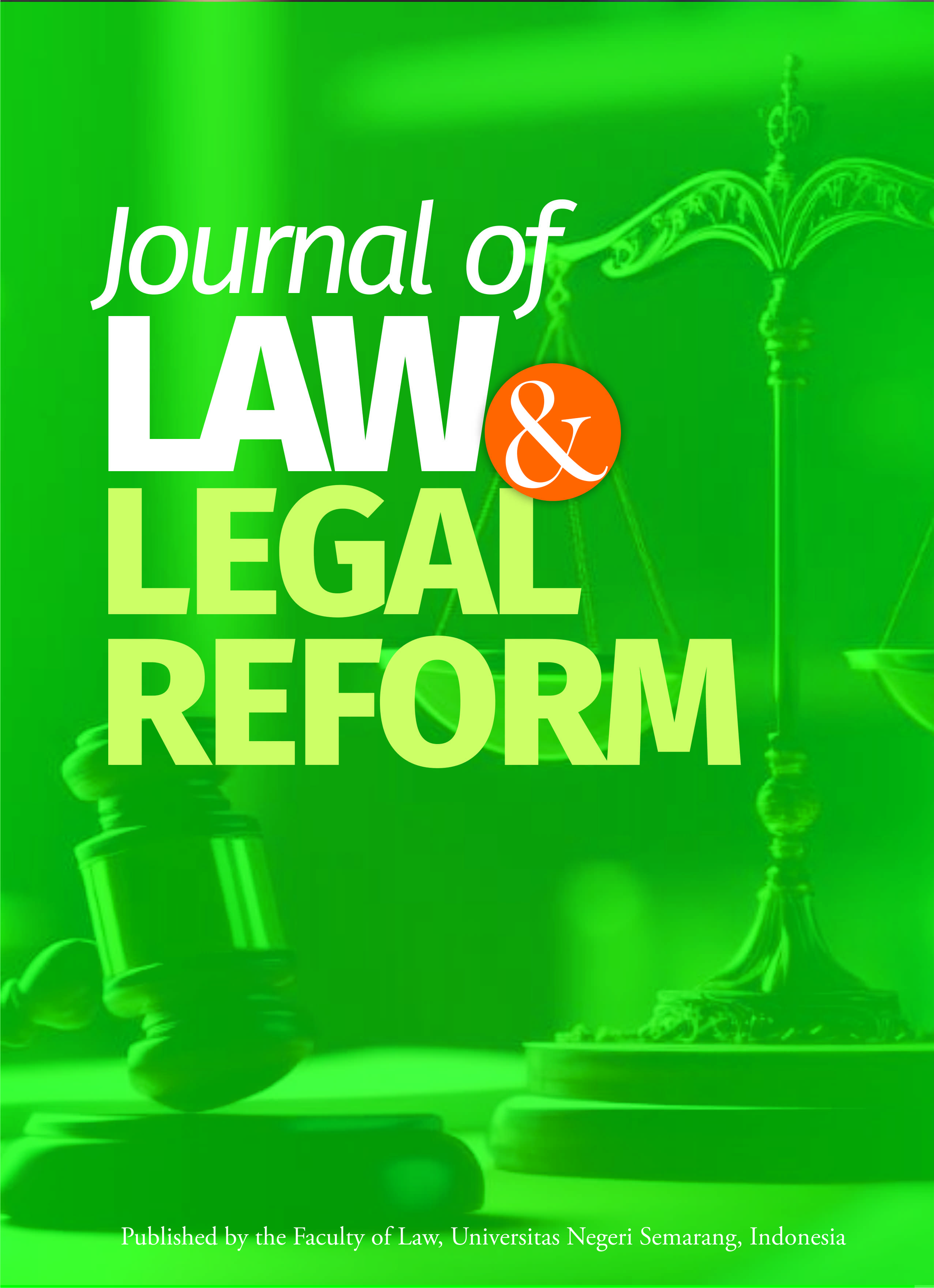A Critical Examination of Breeders’ Monopoly Rights to the Detriment of Farmers under the Ethiopian Plant Breeders’ Rights Law
Main Article Content
Abstract
Agricultural innovations have for long remained outside the domain of Intellectual property rights (IPRs) due to ethical and socioeconomic grounds. With the advent of modern agro- biotechnology, however, the sector is subjected to IPRs. Particularly, the TRIPS Agreement provides that plant varieties (PVP) shall be protected either through patent or an effective soi generic system, or a combination thereof. In this regard, Ethiopia adopted plant breeders’ rights (PBRs’) law in 2006. This article aims at evaluating the monopoly rights of private breeders in comparison with farmers’ rights on the basis of various ethical and socioeconomic factors. Accordingly, the second section overviews the introduction of IPRs in the agricultural sector. Section three deals with PVP under the TRIPS Agreement and the flexibility thereunder. After briefly introducing the Ethiopian PBRs’ law in section four, the pros and cons of PVP is addressed under section five. Section six evaluates farmers’ rights under the Ethiopian PBRs’ law. The last section concludes the article.
Article Details
All writings published in this journal are personal views of the authors and do not represent the views of this journal and the author's affiliated institutions. Author(s) retain copyrights under a Creative Commons Attribution-NonCommercial-ShareAlike 4.0 International (CC BY-NC-SA 4.0).
References
Blakeney, M. (2007). Plant Variety Protection, International Agricultural Research, and Exchange of Germplasm: Legal Aspects of Sui Generis and Patent Regimes, in A Krattiger et a1. (Eds.), Intellectual Property Management in Health and Agricultural Innovation: A Handbook of Best Practices. MIHR, Oxford.
Chaturvedi, S. (2002). Agricultural Biotechnology and New Trends in IPRs Regime: Challenges before Developing Countries. Economic & Political Weekly, 37(13), 1212-1222.
Cullet, P. (2001). Plant Variety Protection in Africa: Towards Compliance with the TRIPS Agreement. Journal of African Law, 45(1), 97-122.
Cullet, P. (2003). Food Security and Intellectual Property Rights in Developing Countries. IELRC Working paper 2003-3, International Environmental Law Research Center, Geneva.
Feyissa, R. (2006). Farmers Rights in Ethiopia. A Case Study. Background Study 5, FNI Report 7/2006, Farmers Rights Project.
Food and Agriculture Organization (FAO). (2000). The State of Food and Agriculture. Agricultural and Development Economics Working Papers, Version 32, FAO, [Available at; http://www.fao.ore/docrep/x4400e/x4400e00.htm].
Genetic Resource Action International (GRAIN). (1999). Plant Variety Protection to Feed Africa? Rhetoric versus Reality. [Available at; http://www.grain.org/article/entries/13-p1ant-variety-protection-to-feed-africa-rhetoric-versus-reality].
Godden, D. (1984). Plant Breeders Rights and International Agricultural Research. Food Policy, 9(3), 206-218.
Hamilton, N. D. (2001). Legal Issues Shaping Society’s Acceptance of Biotechnology and Genetically Modified Organisms. Drake Journal of Agricultural Law, 6(1), 81-117.
Juma, C. (1999). Intellectual Property Rights and Globalization. Implications for Developing Countries. Science, Technology and Innovation Discussion Paper No. 4, Center for International Development, Harvard University, Cambridge.
Leskien, D. and Flitner, M. (1997). Intellectual Property Rights and Plant Genetic Resources: Options for a Sui Generis System. Issues in Genetic Resources No. 6, International Plant Genetic Resources Institute, Italy.
Pottage, A. and Sherman, B. (2007). Organisms and Manufactures: On the History of Plant Inventions. Melbourne University Law Review, 31(2), 539-568.
Ragavan, S. (2005). To Sow or Not to Sow. Dilemmas in Creating New Rights in Food. University of Oklahoma [Available at; http://papers.ssrn.com/sol3/papers.cfm?abstract id=791666].
Ramanna, A. (2002). Policy Implications of India’s Patent Reforms: Patent Applications in the Post-1995 Era. Economic & Political Weekly, 37(21), 2065-2075.
Rangnekar, D. (2001). Access to Genetic Resources, Gene-based Inventions and Agriculture. Study Paper 3a, Commission on Intellectual Property Rights.
Robinson, J. (1999). Ethics and Transgenic Crops: A Review. Electronic Journal of Biotechnology, 2(2), 71-81.
Singh, H. (2007). Plant Variety Protection and Food Security: Lesson for Developing Countries. Journal of Intellectual Property Rights, 12(4), 391-399.
Thorpe, P. (2002). Study on the Implementation of the TRIPS Agreement by Developing Countries. Study Paper 7, Commission on Intellectual Property Rights.
Tripp, R. et al. (2007). Plant Variety Protection in Developing Countries: A Report from the Field. Food Policy, 32(3), 354-371.
Legal Documents
Access to Genetic Resources and Community Knowledge, and Community Rights Proclamation (2006), Proclamation No. 482 /2006, Federal Negarit Gazette, l3th Year No. 13, Addis Ababa, Ethiopia.
African Model Legislation for the Protection of the Rights of Local Communities, Farmers and Breeders, and for the Regulation of Access to Biological Resources (2000), OAU, Algeria.
Agreement on Trade-Related Aspects of Intellectual Property Rights (TRIPS), (1994), Marrakesh Agreement Establishing the World Trade Organization, Annex 1C, 1869 U.N.T.S. 299, 33 I.L.M. 1197, WTO.
Convention on Biological Diversity (1992), UN Doc. 1760 UNTS 79; 31 ILM 818, UN Earth Summit, Rio de Janeiro.
Food and Agricultural Organization (FAO), (1983). International Undertaking for Plant Genetic Resource, Resolution 8/83, Report of the Conference of FAO, 22nd Sess., Doc. C83/REP, FAO.
Food and Agricultural Organization (FAO), (1989). Agreed Interpretation of the International Undertaking. Resolution 4/89, Report of the Conference of FAO, 25'h Sess., Doc. C89/REP, FAO.
International Convention for the Protection of New Varieties of Plants (UPOV), (1978), Paris 2 December 196, as Revised at Geneva on November 10, 1972, and on October 23, 1978, UPOV Doc.
International Convention for the Protection of New Varieties of Plants (UPOV), (1978), Paris 2 December 196, as Revised at Geneva on 19 March 1991, UPOV Doc. 221(E), 1996.
Plant Breeders’ Rights Proclamation (2006), Proclamation No. 481/2006, Federal Negarit Gazette, l2th Year No. 12, Addis Ababa, Ethiopia.
Seed Proclamation (2000), Proclamation No. 206/2000, Federal Negarit Gazette, 6th Year No. 36, Addis Ababa, Ethiopia.
Seed Proclamation (2000), Proclamation No. 206/2000, Federal Negarit Gazette, 6'h Year No. 36, Addis Ababa, Ethiopia.
The Protection of Plant Varieties and Farmers’ Rights Act (2001), No. 53/2001, Gazette of India, Extraordinary Part II-Section 1, Ministry of Law, Justice and Company Affairs, India.
United Nations Sub-Commission on Human Rights (2001). Intellectual Property and Human Rights, Resolution 2001/21, UN Doc. E/CN.4/Sub.2/RES/2001/21, UN.
